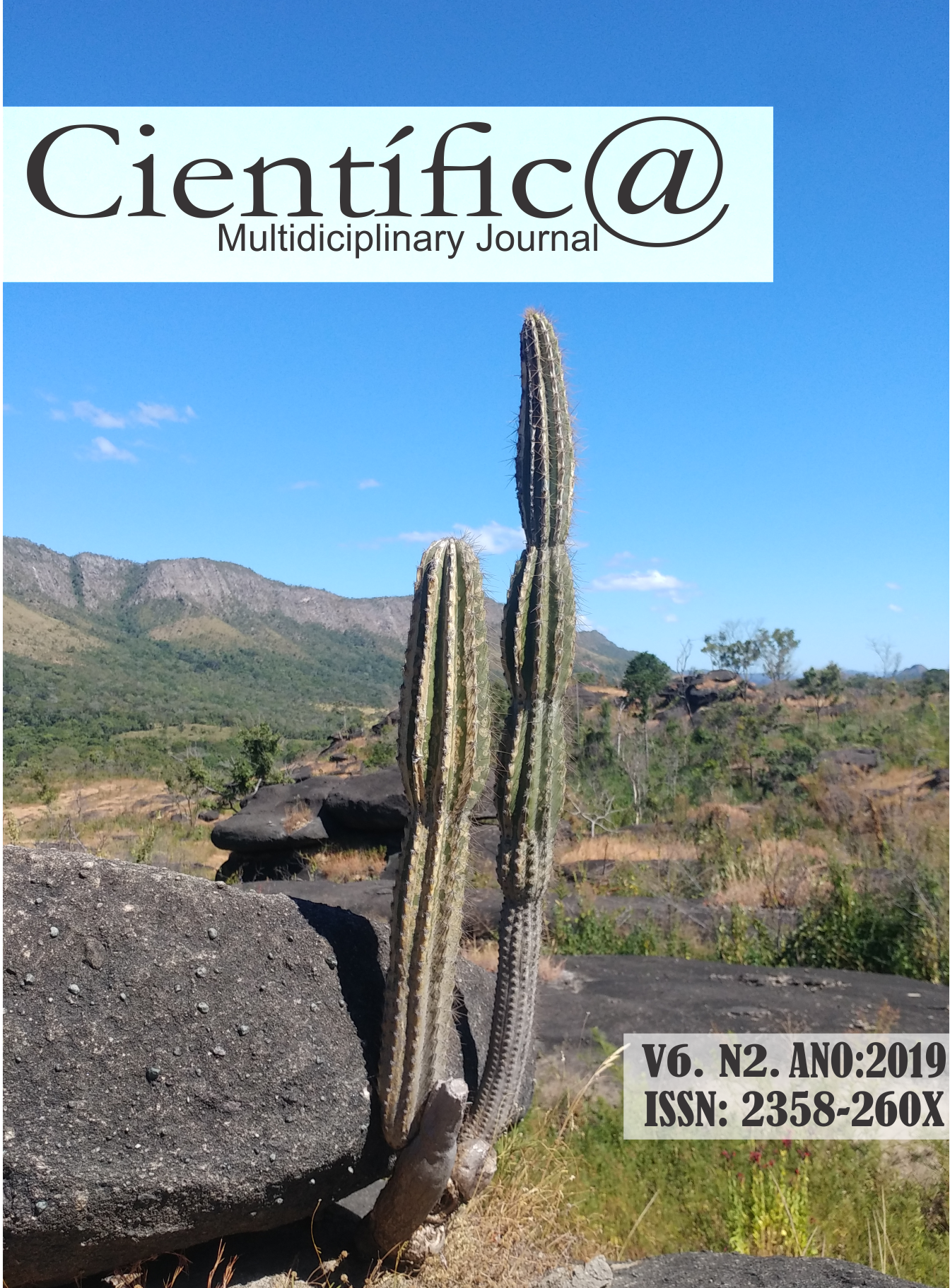Phosphate sources and doses in soybean crop cultivation in the Cerrado and their responses to soil fertility
DOI:
https://doi.org/10.29247/2358-260X.2019v6i2.p24-29Abstract
The soybean crop is of the main crops of Brazilian agribusiness, and may be limited by wrong fertilization in cerrado. With this study aimed to evaluate the dynamics of phosphate fertilizer, the use of fertilization sources and doses in soybean maintenance, on soil with high content of P, and checking the actual effectiveness of the use of triple superphosphate increased efficiency. The experiment was conducted in completely randomized block design with four replications in a factorial scheme 2x5, being the first factor sources of fertilizers (triple superphosphate and triple increased efficiency superphosphate) and second factor five doses of P2O5 (0, 40, 80, 120 and 240 kg ha-1). The experiment was conducted at the experimental area in Rio Verde, GO, seeking to evaluate the influences on the characteristics of production components and soybean yields, soil fertility, nutrient concentrations of harvested soybeans and the dynamics of P in the soil. The phosphorus fertilization influenced the contents of P, S, Cu and Fe in the soil and N and Fe concentrations in the grain harvested. For phosphate fertilizer, it is recommended the use of conventional triple superphosphate at dose of 75 kg ha-1 of P2O5.
Downloads
Published
How to Cite
Issue
Section
License
Esta revista oferece acesso livre imediato ao seu conteúdo, seguindo o princípio de que disponibilizar gratuitamente o conhecimento científico ao público proporciona maior democratização mundial do conhecimento.
A partir da publicação realizada na revista os autores possuem copyright e direitos de publicação de seus artigos sem restrições.
A Revista Científic@ - Multidisciplinary Journal segue os preceitos legais da licença Creative Commons - Atribuição-NãoComercial 4.0 Internacional. 

